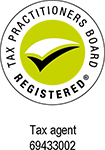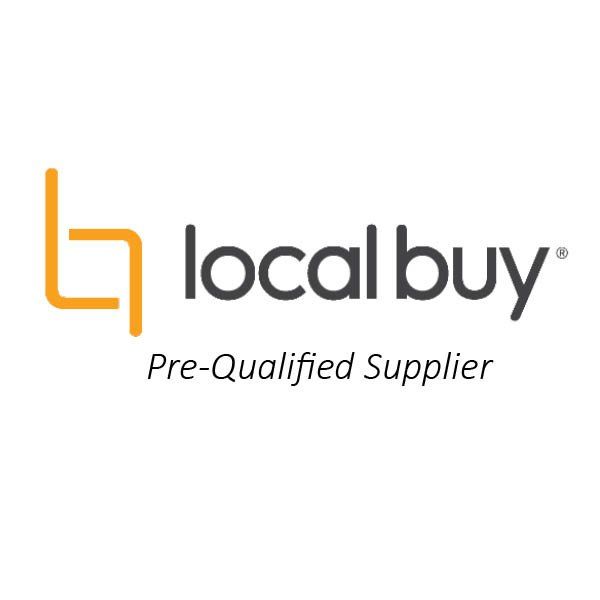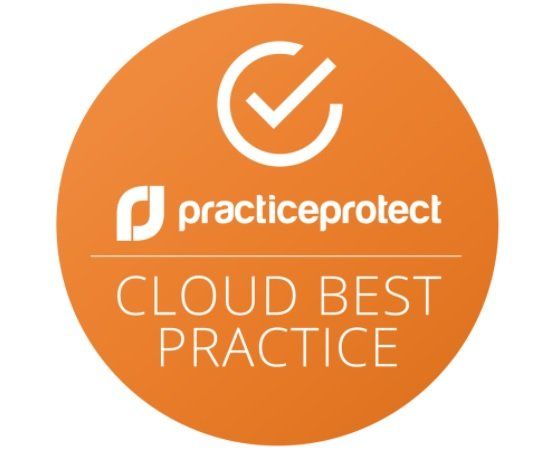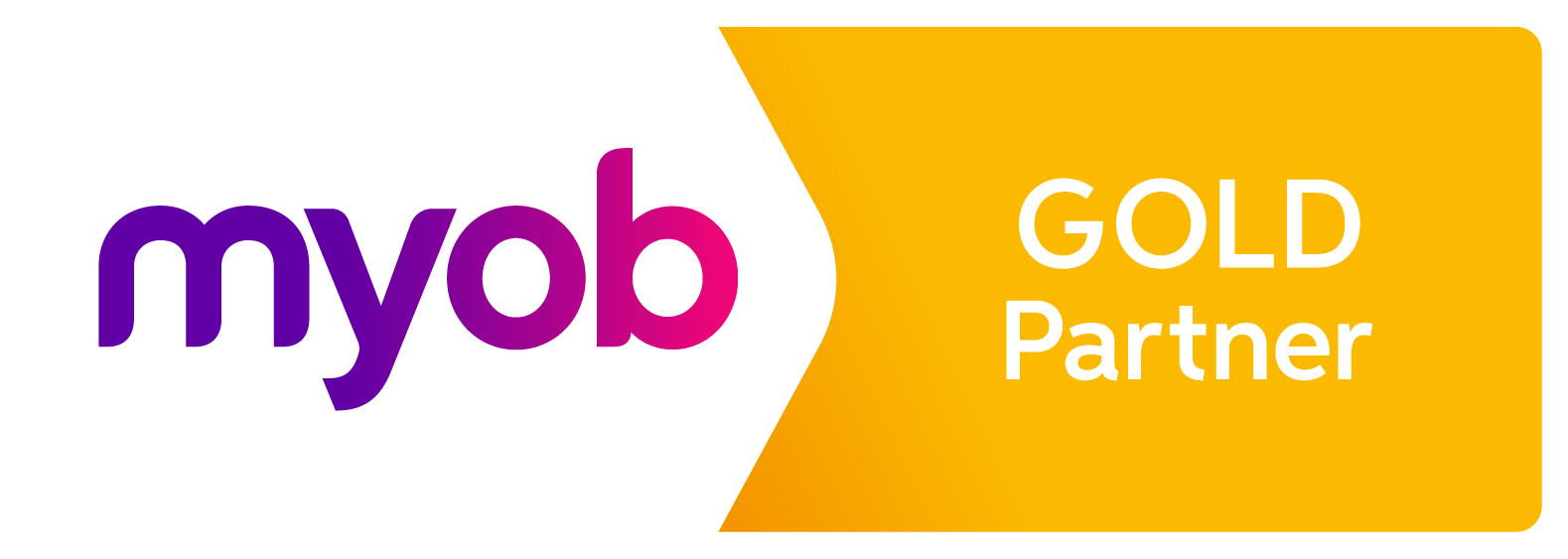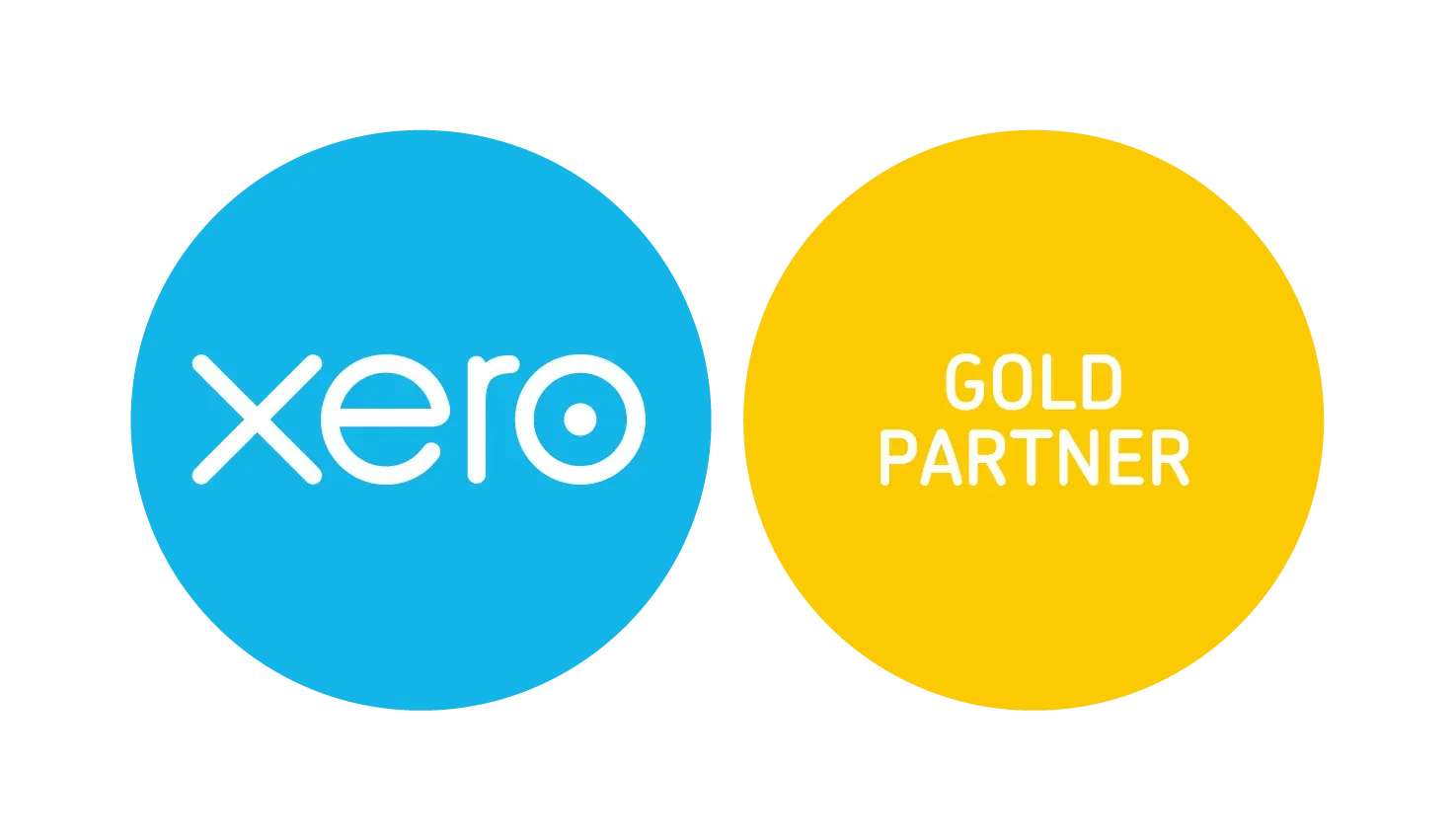Walsh Accounting Newsletter - 07 July 2020
What's changing from 01 July 2020
- Company tax rate reduces to 26% for base rate entities
- $150k instant asset write-off has been extended to 31 Dec 2020.
- Cents per km rate for work-related car expenses increase to 72 cents
- Expected reforms to allow 66 and 67 year-olds to make voluntary superannuation contributions without satisfying the work test. This reform is not yet law.
- Age limit for making superannuation contributions to your spouse increases from 69-74. This reform is not yet law.
- For those 67 and under, reforms will enable you to use the 'bring forward rule' to make up to three years of non-concessional contributions. That is, you can make non-concessional contributions of up to $300,000 from the 2020-21 financial year. Caution, strict conditions apply. First seek professional advice.
The ATO's JobKeeper audit targets
"…while it is all very well to talk of 'turning points', one can surely only recognise such moments in retrospect." Kazuo Ishiguro, The Remains of the Day
The JobKeeper subsidy has progressed beyond the rush for eligibility and entered its second phase: compliance. Late last month, the Australian Taxation Office (ATO) released guidance highlighting where the regulator will focus its compliance resources.
The ATO's JobKeeper targets
The ATO is looking carefully at businesses that appear to have made adjustments to their circumstances to meet the JobKeeper eligibility requirements where, if those adjustments had not been made, the entity would have been ineligible or had lower JobKeeper payments. Or, where adjustments have been made to enable another entity or subcontractor to meet the decline in turnover test.
Industries or businesses that have not experienced adverse trading conditions and those that appear to have increased staff numbers are likely to be looked at closely. In its guidance, the ATO sets out a series of examples that are likely to attract their attention:
· Increase in staff – where the number of staff the business reports have increased beyond levels that were previously required to run the business prior to 1 March 2020.
· Deferring supplies – in industries unlikely to be adversely impacted by the pandemic, the business agrees with its customers to defer making supplies, resulting in the company's projected GST turnover declining to the level required to meet the turnover test.
· Bringing forward supplies - in industries unlikely to be adversely impacted by the pandemic, the business brought forward supplies to be able to meet the decline in turnover test in a following month or quarter.
· Restructures – the example given by the ATO is a company that leases assets to third parties. The leasing business is generally unaffected by the pandemic. However, the business restructures and transfers the assets of the business to a new company. It then withholds the payment of dividends from the new company to the business resulting in a decline in the turnover of the business.
· Management fee manipulation – where inter-entity management fees are charged, the timing of the fee is changed to meet the decline in turnover test.
· Reduction in payments to subcontractors – where a business has reduced or deferred payments to subcontractors to enable them to meet the decline in turnover test. The ATO has stated that they will review the business and the subcontractors.
· JobKeeper used to reduce cost of supplies to customers – in this scenario, the business and its customers agree to reduce, waive or defer payments to enable the business to meet the decline in turnover test. JobKeeper is then used to fund the reduction in payments. In effect, JobKeeper is paying for the payment reduction.
Low risk scenarios
If your industry or business has been adversely affected by the pandemic, regardless of your structure or arrangements, it is unlikely the ATO will review your situation unless there has been an obvious attempt to increase JobKeeper payments.
To add certainty, the ATO notes that where a service entity that employs staff for a related entity has reduced management fees, either because the service agreement has been changed to reduce the fee by an amount that is proportional to the reduction in the trading entity's external turnover, staff have been stood down, or where the related entities cannot afford to pay the fee, and the industry is adversely affected by the pandemic, the ATO will not generally seek to apply compliance resources.
What happens if you got it wrong?
If your structure or the way you have accessed JobKeeper is on the ATO target list, this does not mean that there is a problem.
Eligibility to JobKeeper is generally based on an estimate of the negative effect of the pandemic on an individual business's turnover. Some will experience a greater decline than estimated while others will fall short of the required 30%, 50% or 15%. There is no clawback if you got it wrong as long as you can prove the basis for your eligibility going into the scheme.
For those that, in hindsight, did not meet the decline in turnover test, you need to ensure you have your paperwork ready to prove your position if the ATO requests it. You will need to show how you calculated the decline in turnover test and how you came to your assessment of your expected decline, for example, a trend of cancelled orders or trade conditions at that time.
Manage your JobKeeper compliance
Monthly declarations of your current and projected GST turnover are due within fourteen days of the end of each relevant month.
It's important to ensure that you have paid eligible JobKeeper staff at least $1,500 during each JobKeeper fortnight. If you pay employees less frequently than fortnightly, the payment can be allocated between fortnights in a reasonable manner. For example, if you pay your employees on a monthly pay cycle, your employees must have received the monthly equivalent of $1,500 per fortnight.
For the first two JobKeeper fortnights (30 March-12 April, 13 April-26 April), employers had an extension until 8 May to make the JobKeeper payments to eligible employees. For the remaining JobKeeper fortnights, employees will need to receive at least $1,500 by the end of each JobKeeper fortnight or the monthly equivalent of $1,500 per fortnight. Depending on your pay cycle, this may require some adjustments each month.
1 July company tax rate reduction
Despite the current economic environment, the company tax rate will reduce to 26% for small and medium businesses from 1 July 2020.
The 1 July change is part of a larger progressive plan to reduce the company tax rate to 25% from 1 July 2021 and applies to base rate entities (BRE) - companies, corporate unit trusts, and public trading trusts - with an aggregated turnover of less than $50 million where 80% or less of the entity's turnover for the year is classified as base rate entity passive income. Larger companies will continue to pay the 30% rate.
|
|
2018-19 & 2019-20 |
2020-21 |
2021-22 |
| Base rate entities* |
27.5% |
26% |
25% |
| Other corporate tax entities |
30% |
30% |
30% |
*aggregated turnover less than $50m and no more than 80% of the company's assessable income is base rate entity passive income.
The reduction in the company tax rate will also change the maximum franking rate that applies to dividends paid by some base rate entities. The way the rules normally work is that if the company was classified as a base rate entity and was taxed at the lower corporate tax rate in the previous year then a lower maximum franking rate will apply to dividends paid in the current year. For example, a company that was classified as a BRE in the 2019 income year will generally be subject to a maximum franking rate of 27.5% on franked dividends paid in the 2020 income year. However, the maximum franking rate will normally be 26% for dividends paid in the 2021 income year if the company was a BRE in the 2020 income year.
Some companies may have franking account balances that have accumulated over time and will reflect prior company tax rates. It is important to consider how these credits can be utilised in an efficient manner. One strategy could be to bring forward the payment of dividends to utilise the current 27.5% franking rate before the company tax rate reduces to 26% if the cashflow of the company allows for it.
The ATO on COVID-19 fraud warpath
We always knew that a Government scheme swiftly distributing cash during a crisis was going to come with equally swift compliance and review measures, particularly when eligibility was self-assessed. Two major Australian Taxation Office (ATO) initiatives are searching out fraud and schemes designed to take advantage of the Government's Coronavirus Economic Response Package.
Tip lines, tax returns and STP
The tip line, tax returns, and single touch payroll are just a few of the data sources the ATO is using to identify "inappropriate behaviour."
The tip line has already delivered its first target with the very public outing in the Australian Financial Review of The Australian Comfort Group, which owns SleepMaker and Dunlop Foams for an alleged scheme to deliberately depress monthly revenue to qualify for up to $11 million in wage subsidies. Internal emails allegedly from an employee who has also lodged a claim under the Fair Work Act against the manufacturer, appear to demonstrate an internal effort to push invoicing to other periods. The Australian Comfort Group have vehemently denied any wrong-doing.
Tips from employees about their employer's efforts to manipulate revenue to meet the JobKeeper eligibility criteria is not hard to find. The ATO's community forum notes one respondent who states:
"My employer is defrauding the ATO and is set to receive close to $1 million in Jobkeeper payments which the company is certainly not eligible for as the company has not had a 30% decline in sales. The company has already received the first payment relating to the month of April in Jobkeeper from the ATO.
The director of the company is emailing employees constantly to stop invoicing, change invoice dates, make sure the company shows a 30% fall in sales compared to the same period in 2019, to keep him updated each week on sales to not exceed the 30% fall, how much will the company receive, when the funds are received to shift them into offset accounts immediately. It just goes on and on. I have copies of the emails from the company director giving instructions on how to create this fraud so the company meets the eligibility criteria."
The ATO has noted that it has received intelligence on a number of schemes circulating, one of which is the withdrawal of money from superannuation and re-contributing it to get a tax deduction.
ATO Deputy Commissioner Will Day said that, "Not only is this not in the spirit of the measure (which is designed to assist those experiencing hardship), severe penalties can be applied to tax avoidance schemes or those found to be breaking the law. If someone recommends something like this that seems too good to be true, well, it probably is."
- The ATO has made its targets clear. For JobKeeper, these include ensuring that:
- Entities meet the eligibility requirements in relation to business income
- Entities are claiming for eligible employees
- Eligible business participants are correctly making claims
- Entities are not manipulating their turnover in order to satisfy the decline in turnover test
For the early release of superannuation measure, behaviours attracting ATO attention include:
- Applying when there is no change to your regular salary, wage, or employment information
- Artificially arranging your affairs to meet the eligibility criteria
- Making false statements or fraudulent attempts to meet the eligibility criteria
- Withdrawing and re-contributing super for a tax advantage – this could not only trigger anti-avoidance rules but also result in additional taxes and impact your eligibility for a super co-contribution.
Where individuals have not met the early access measure's hardship eligibility criteria, the ATO has stated that fines of up to $12,000 will apply for each false and misleading statement made. In addition, where a scheme has been entered into to obtain a tax benefit, such as claiming a tax deduction for recontributing super withdrawn under the early release measures, Part IVA may apply. That is, the ATO is actively looking for individuals who have utilised the early release measures when they didn't need it, then recontributing all or part of the super for the purpose of claiming a tax deduction.
For the Cash Flow Boost, the ATO is looking for schemes designed to:
- Artificially restructure businesses to gain access to the cash flow boost
- Artificially changing the character of payments to salary or wages to maximise the cash flow boost
- Inflating reported withholding amounts to maximise the cash flow boost
- Resurrecting dormant entities or phoenixing
- Making false statements or fraudulent attempts to create an entitlement.
Genuinely made a mistake? The ATO has stated that if you work with them, and the mistake is genuine, they will give you the support you need, without the worry of accruing a debt, repaying money or getting penalised.
3 million individuals in data matching program
In a massive data matching program, the ATO and Services Australia will share the records of approximately 3 million individuals to ensure that those accessing benefits are eligible to receive them.
For those who access their superannuation early under the COVID-19 measures, Services Australia will verify their eligibility where they have indicated that they are eligible for the JobSeeker payment, parenting payment, special benefit, youth allowance or the farm household allowance.
The program will review the records of those applying for early access between 19 April 2020 to 24 September 2020.
The records of 45,000 prisoners in state and territory correctional facilities are also being compared against applications for JobKeeper, temporary early access to superannuation, and the eligibility criteria for cash flow boost to confirm appropriate access. The records gathered will cover the period from 1 March 2020 to 27 September 2020.
JobKeeper and termination payments
An employment termination payments (ETP) is a lump sum payment made to an employee when their job is terminated. ETP's are generally made up of unused sick leave or unused rostered days off, payment in lieu of leave, genuine redundancy payments, etc.
For some employers, JobKeeper will not be enough to keep the employee employed. If you do need to let staff go, the ATO has stated that from JobKeeper fortnights from 8 June onwards until the end of the scheme, ETPs cannot be included as part of the $1,500 an employer needs to pay to eligible employees to access JobKeeper payments.
If any JobKeeper payments include an ETP to a terminated employee between 30 March to 7 June, the ATO has stated that it will not recover an overpayment.
Minimum wage increases by 1.75%
An increase to the minimum wage of 1.75% will start rolling out for the first full pay period from 1 July 2020.
The increase applies to minimum rates in awards in 3 stages:
· Group 1 Awards - from 1 July 2020
o Frontline Heath Care & Social Assistance Workers
o Teachers and Child Care
o Other Essential Services
Group 2 Awards - from 1 November 2020
o Construction
o Manufacturing
o A range of other industries
· Group 3 Awards - from 1 February 2021
o Accommodation and Food Services
o Arts and Recreation Services
o Aviation
o Retail
o Tourism
You can find the full list of affected Awards on the Fair Work Ombudsman's website.
For anyone not covered by an award or an agreement, the new national minimum wage of $753.80 per week or $19.84 per hour, applies from the first full pay period starting on or after 1 July 2020.
The minimum wage increase does not affect workers receiving above the minimum wage.
For employees at or close to the minimum wage, it is essential that employers are aware of the effect and timing of the increase to avoid falling foul of their industrial and superannuation obligations.
Increased flexibility for Parental Leave Pay for self-employed
From 1 July 2020, parents accessing the Government's parental leave pay (PPL) scheme will have greater flexibility and options.
Targeting the self-employed and small business owners, the changes introduce a new flexible paid parental leave pay period of 30 days.
Previously, new parents could apply for PPL for a continuous block of up to 18 weeks. The changes split this time period into two:
- A continuous period of up to 12 weeks, and
- 30 flexible days.
Parents can take the 18 weeks in one block or, under the new rules, take the 12 week period and then use the additional 30 days at a period and in a way that suits them but before the child turns 2 years of age. For example, assume that when Jane, who works five days per week, has a child, she initially claims 12 weeks. Jane returns to work part time for three days per week. In that case, Jane would apply to be paid parental leave pay on the two days per week that she is not working.
The administration of the PPL will change in some scenarios. For Jane's case above, the employer would administer the scheme for the first 12 weeks but then the Government would directly pay Jane for her flexible days.
If an employee wishes to access flexible parental leave pay, they will need to negotiate time off work or a part time return to work with their employer. If the employer is unable to accommodate the request, then the employee may take the 18 weeks as one block.
The changes to the paid parental leave scheme apply to babies born on or after 1 July 2020. The scheme commences from 1 April 2020 to give parents applying for leave the flexibility to use the new arrangements (but only if their child is born on or after 1 July 2020).
Please reach out for help.
Please keep in contact with us via the telephone, email, or our Facebook page for more updates.
If you have any questions please don't hesitate to contact us at any time.
Kind Regards
The Team
Walsh Accounting
www.walshaccounting.com.au.
The material and contents provided in this publication are informative in nature only. It is not intended to be advice and you should not act specifically on the basis of this information alone. If expert assistance is required, professional advice should be obtained.




